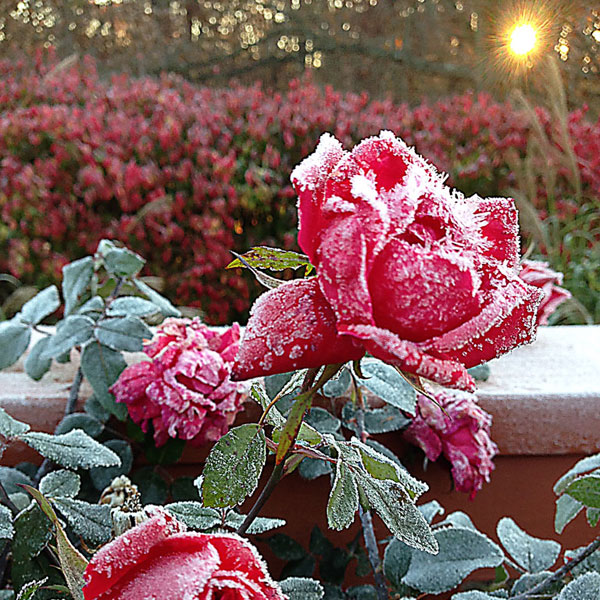

Seasons change and so do ‘Oui.â€Do you seek permission to do something you want to do? Or get permission not to do something that you think you aught to do?* I do. Hold on to your bags of mulch! From ‘my lips to God’s ear’ I got permission from a higher authority not to cover my roses this winter! Maybe not directly from God but it was an answered prayer not to do something I didn’t want to do that I thought I aught to from a higher authority than me, William Radler, developer of the popular Knock Out® shrub roses. I had the extraordinary good fortune to visit with Will Radler at the American Rose Society Fall Convention in Syracuse, New York while I was there as a guest speaker on photography. Will “gave me permission” to not cover my roses this winter. Mr. Fox aka ‘Big Daddy’ is my witness. So I’m not going to cover them. No extra mulch, no leaves, no piles of dirt. Don’t send me cards and letters Minnesota Rose Gardener, Jack Falker. Here’s what Will Radler says:

“There are many factors why plants are winter hardy. ~ Will Radler
“When artificial means are used to bring a plant through winter, often they can conflict with some beneficial factors. For die-back-hardy woody plants, the simplest winter protection technique is applying a few inches of mulch year round. This allows the plant in the autumn to grow into its fullest state of natural dormancy. It prevents the soil from getting as cold as would in open ground. And it allows the plant to break dormancy slower in the spring. Cutting back the canes only in the spring provides shade to the lower branches and helps attract snow cover that insulates and guards against low temperature injury and fluctuating temperatures.” ~ Will Radler
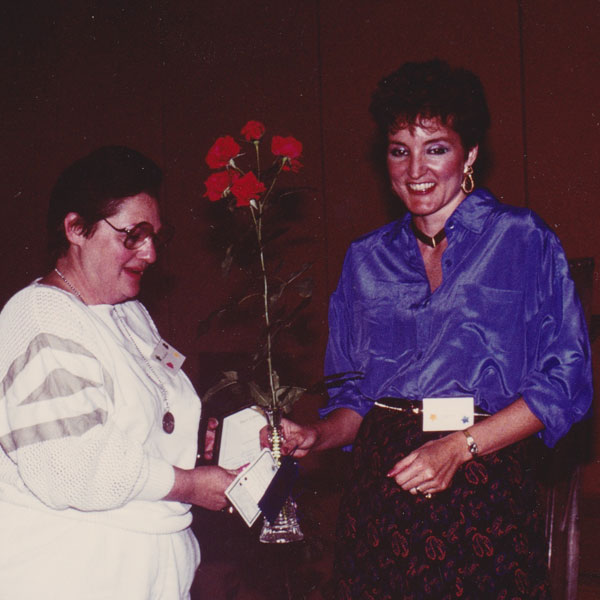
I tried the Minnesota Tip method the winter after my climber Tempo won the American Rose Society National for Best Climber in Chicago. I wanted to winterize my rose that had just won an American Rose Society National Trophy for Best Climber. Lord help me if I had to tip roses for winterizing them I would not grow a single rose, or I would just treat them like annuals. I’ve witnessed wonderful folks in Minnesota tip entire parks full of roses! Wow they must love roses.
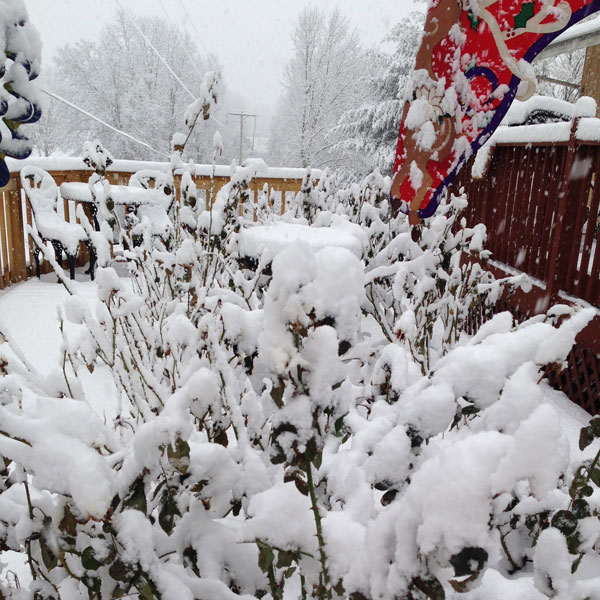
Minnesota tip method of protecting garden roses*
*This is the Minnesota tip method of protecting garden roses from the University of Minnesota.
“The “Minnesota Tip” is one of several proven methods for protecting roses against early freezes in the fall, the bitter cold of winter and the dangers of thaw-freeze cycles in the spring.
Protecting roses for the winter really begins with the work done during the summer. Bringing the roses into the fall season in the best of health is the first step in winter protection. Soon after the middle of October, preparation can begin for tipping the roses. Follow these steps when using the “Minnesota Tip” method for protecting roses during winter and early spring.
 Figure A
Figure A
 Figure B
Figure B
 Figure C
Figure C
- Water generously one or two days prior to tipping to keep the soil in a moist, workable condition.
- The day before tipping, give the plants a good dormant spray such as a liquid lime-sulphur material.
- Tie the rosebush canes together to allow easier handling.
- Avoid pruning the bushes. Open wounds on the canes may not heal properly, as cold weather can inhibit the formation of a protective callus.
- Dig a trench, starting away from and working toward the base of the bush. The trench should be as long as the bush is high. The width and depth should easily accommodate the bush or bushes. Pull the soil away from the shank (i.e., the root stock area between the bud union and the main branching of the root system) to facilitate tipping the rose. A spading fork is helpful for loosening the soil around the roots.
- When the trench is ready and the roots of the bush are loosened, use a spading fork to push the bush into the trench (Figures A and B). Use the spading fork to hold the bush down while covering it with 2 or 3 inches of soil. If the soil removed in digging the trenches is not enough, add soil from the annual garden or elsewhere (Figure C).
- Cover the soil with about 18″ of loose leaves or other covering such as marsh hay.

‘Weeks Roses ‘Easy Does It’; ‘Hot Cocoa’; and ‘Pumpkin Patch’
Next spring, start uncovering the rose bushes about April 1st. Begin by removing the leaves and then gradually remove the soil as it progressively thaws. On or about April 15th, raise the plants to an upright position and syringe the canes often with water to prevent them from drying out. Once the plants have been lifted, spray with a good all-purpose fungicide and insecticide and make sure they are adequately watered”
So don’t do as I do do, what you want. When I lived in N. Illinois I never used winter protection and the ground froze and ice and snow protected my roses just fine.
Let me tell you why I am not covering my roses. It’s a test to see how much difference it actually makes in how the roses fair. And this season after the Chicago Flower & Garden Show removing 50 bags of mulch and clearing the garden was just a crazy amount of work. I’ll report to you how the roses fair covered versus uncovered after a Central Illinois zone 6b winter.
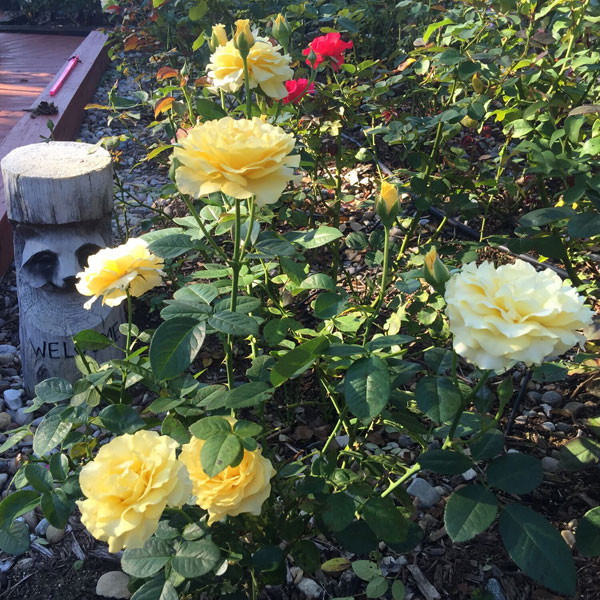
Read About Susan Fox Famous ‘Oui Theory’*
** It Reminds me of The Apostle Paul’s spiritual conflict Roman’s 7:8-13
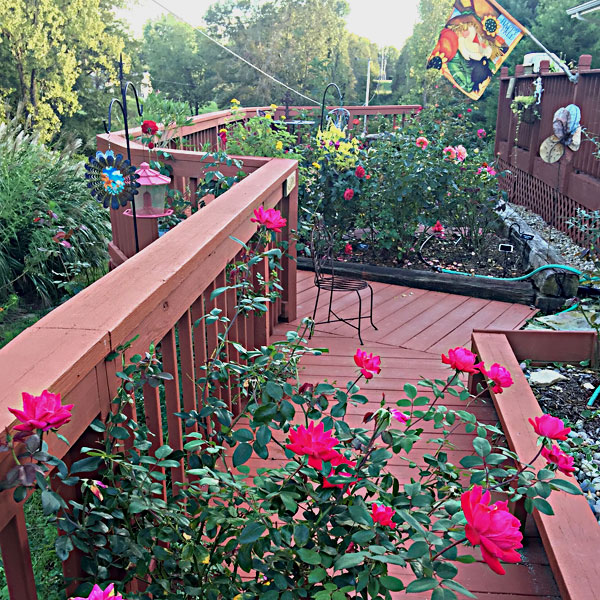
I agree, “less is more.” As I age, I employ more sensible care techniques throughout my gardens…and Sunny and Tiny apparently thrive…amongst many other growing types of perennials.
Gaga, your garden photos are simply dreamy…wish that we were neighbors! xo
Diane,
Have you ever ‘Killed a beloved plant with kindness’ by over watering, or fertilizing too much? One thing good about over fertilizing in summer, Mother said if you see the leaves starting to look a little crispy “just get the water to it!” I remember so many little tips my Mom taught me. They just pop in my head. We seem to learn by osmosis all the things our parents taught us. I guess that’s why good and bad parenting reflects in our society and continues to show being there for our kids matters. Thanks for caring and sharing lovely, beautiful lady!
Love,
Gaga
BTW My baby grand-daughter called me Mama-Dah-Dah
She can’t say Gaga and she combined Mama-Gaga and melted my <3 to a puddle!
I tend to plant them well and then let them be. IF plants are persnickety, they tend to depart. If they are invasive, I delete with nary a care! During my strolls, I tell them all how lovely they are. Love the Mama-Dah Dah!
Enjoy your holidays sweet one!